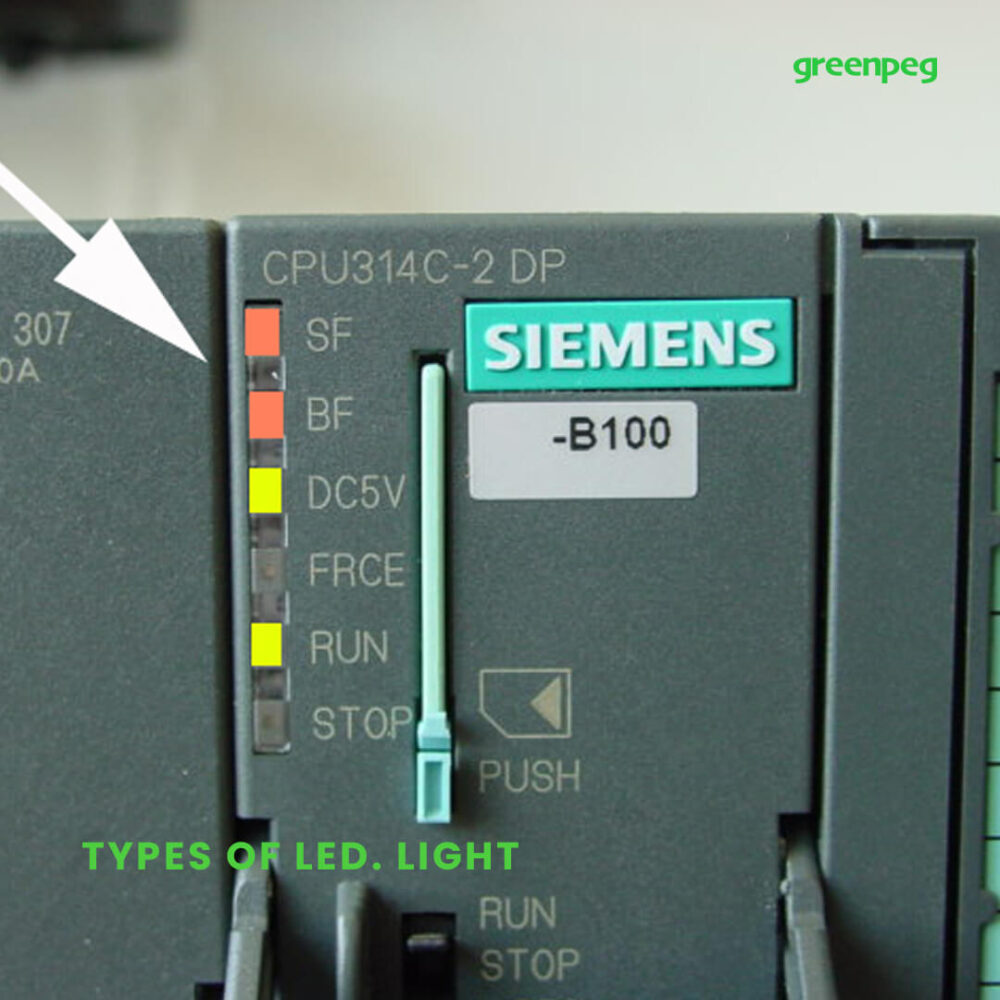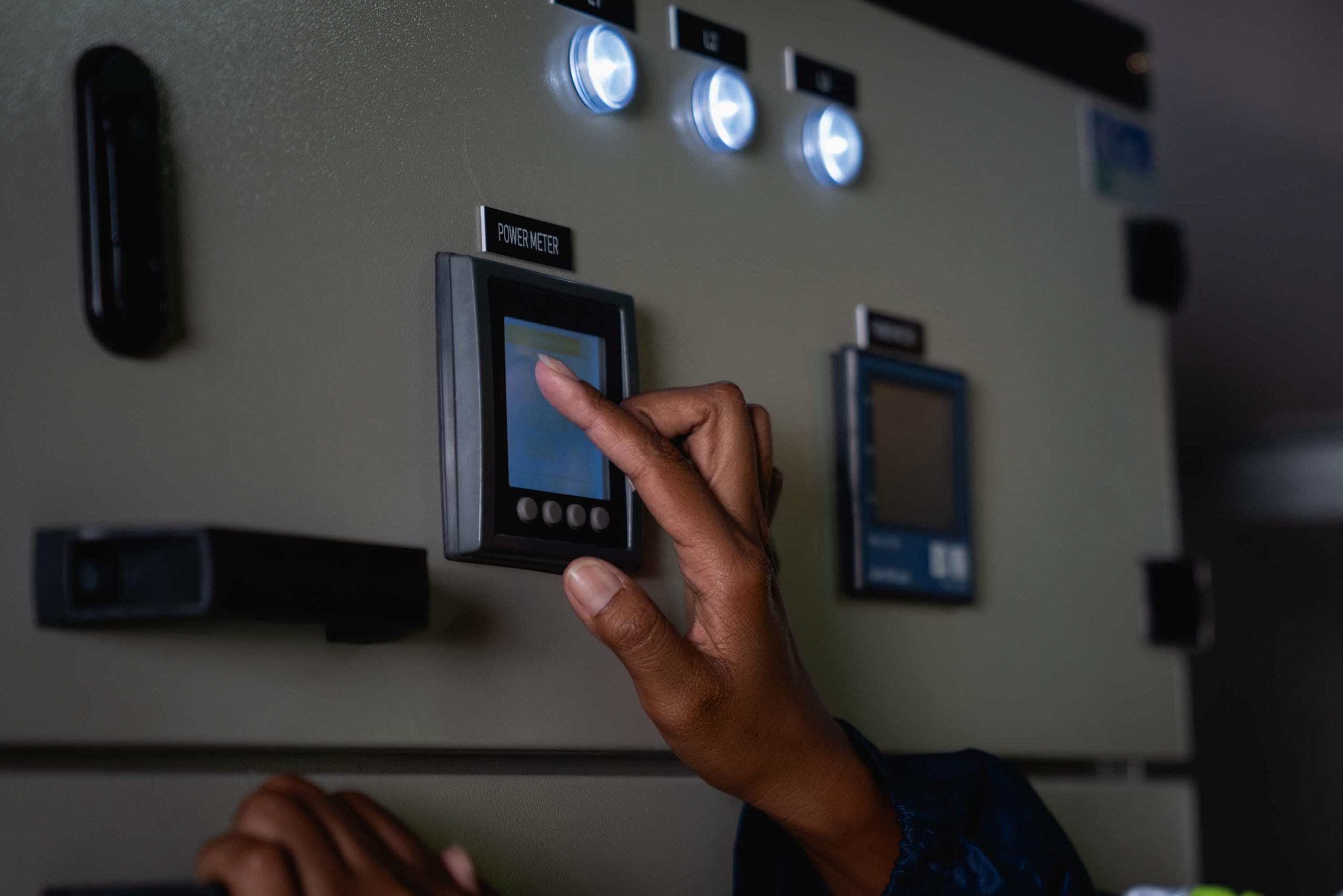If you are using the S7-300 CPU, it is pretty normal for you to experience an SF fault on Siemens PLC from time to time. People who use this device have occasionally complained about encountering one fault during usage.
Whenever you experience this problem, you should know that the problem is most likely from the System’s CPU. You might be confused about what to do when you experience an SF fault on Siemens PLC.
You do not have to get confused anymore. In this article, we will discuss everything from the SF fault on Siemens PLC. We will also discuss the error codes and what you can do when you experience an SF fault on Siemens PLC.
What is SF Fault LED on Siemens PLC?
This is one question many people tend to ask when it comes to Siemens PLC and how to fix this SF fault Siemens PLC. If you notice that the SF fault LED light is turning on, it means there is likely a problem with Siemens PLC.
It could be a hardware problem while it can also be a software problem. It all depends on where the fault is coming from. If you notice that the light is coming on with the BFx led light, it simply means there is difficulty with the program trying to access data from one of the faulty remote components.
Now that you know what the SF fault on Siemens PLC is, we can discuss the different types of LED lights on Siemens PLC.
Types of LED. Light and What They Mean
There are different types of LED lights on your Siemens PLC, each of which has meaning and usefulness. Below is a list of the led lights and their meaning. You should know that these LED lights are very important as they tell you the current state or status of your Siemens PLC.

SF
This is the first LED light you consider important when you see it turning on your Siemens PLC. If you see it turning on, it simply means you expect an SF fault on Siemens PLC. If the light turns on, it means there is a problem with the hardware. The only solution is for you to find the hardware solution and fix it in time.
The SF light can also turn on if there is a problem with the software programming as it turns on for software and hardware errors. If you have a software error, you must find ways to reprogram the PLC. The SF light is a steady red and stays on if there is a fault.
BF
This is another thing that shows there is an error somewhere. While this is completely different from the SF fault on your Siemens PLC, it is still equally as important as the SF fault.
If you are getting a BF fault, retrieving information from one of its external sources is a problem. The light for the BF fault is a steady red, just like the light for the SF fault on Siemens PLC. The major difference, however, is that it is beneath the LED for the SF fault on Siemens PLC.
If you get a BF fault, you should know a problem or an error in the system Network. It could be a bar contact or bad wiring in any communication connectors.
It could also mean an overlap exists in the addresses of the network. It is relatively easy to fix this problem. You only need to take your time to discover where the communication problem is coming from and fix the wiring or connection.
MAINT
While this indicator doesn’t come up too often, if ever it does come up, it means there is a problem somewhere. This MAINT led light is just as important as the SF fault on Siemens PLC led light. The colour of this light is a steady yellow, which means a problem with the CPU.
When it comes on and stays on, it usually means that the CPU in your PLC isn’t working anymore. You will have to take your time to remove and service the CPU if you want it to start working perfectly again.
The moment this is done, the MAINT light turns off by itself almost immediately.
DC5V
This is another led light you should watch out for when looking at the faults on your Siemens PLC, even if it is SF faults on Siemens PLC. If the light comes on, your CPU is receiving a 24volts DC.
You need to take your time to check the system requirements to know if such volts are within the voltage allowed for the CPU. Different PLC CPUs receive different volts.
Check the one that is perfect for you in your user manual or instructions. The colour of the LED light is a steady green
FRCE
FRCE is another led light that sometimes tells you when there is danger. This led light which is a steady yellow, allows you to know when one of them isn’t working.
When the steady yellow light comes on, it simply means that one of the input or output devices has been forced to stop.
It could be that the force was triggered manually, while it could also be that the PLC did the force. However, once you see the light, one of the components has been forced to stop.
Run
This is another LED light you should take note of. The good thing about this light, unlike other lights, is the fact that this light doesn’t mean there is something wrong with your PLC.
On the contrary, it simply means everything is working perfectly with your System.
When the run light, a steady green LED light, is on, it means there is nothing wrong with your PLC or your CPU as everything is working correctly and perfectly. You do not have to worry about anything when you see this light.
STOP
This LED light is a steady yellow. When it comes on, it means the CPU has been forced to a stop, and if you notice that the STOP-led light is staying on, you should know there is a problem.
The problem, just like the SF fault on Siemens PLC led light, could be a hardware or a software problem. You will have to call the engineer to detect the exact problem if you are not too familiar with the PLC system.
When it is fixed, the STOP LED light turns off as soon as the CPU works perfectly. You should note other LED lights when it comes to Siemens PLC.
Below are the led lights;
Memory Reset Request
This usually happens when you slot a new memory card into the System. The LED light will flash yellow slowly, which means that your memory reset request has been received.
Memory Reset is being Carried out
Once the memory reset request has been received, the next thing that would happen is the reset being carried out.
If the reset is carried out, the yellow light will flash faster for some time.
Now that we have discussed the LED lights when it comes to SF fault on Siemens PLC, you should next know the error codes on Siemens PLC and what they mean. The error codes will be discussed below.
Error Codes on Siemens PLC
Aside from encountering an SF fault on Siemens PLC, there are different error codes you should note if you are using Siemens PLC.
These error codes are very important as they let you know when something is wrong with your device or components. Below is a list of some of the error codes you might find important;
0x0001
Once you get this error message, it means there is a problem somewhere with your hardware. This is because this error message only appears when there is a hardware fault.
It could be that one of the components wasn’t properly installed. It could also be that there are one or two issues with some components that are not working properly. You must check your hardware to confirm where the fault is coming from.
0x0003
This is another error code you might see from time to time on your PLC. When you see this error code, it simply means objects were not allowed.
This usually happens when the access to the timer and the counter data is not set to BSD.
0x0004
When this error code occurs, it simply means you are trying to act as the PLC context. When you see this error code, you will see a beyond-context message.
0x0005
This is one error code you should watch out for. When you see this error code, you are trying to request an address beyond the PLC range. It could also be that you are requesting an address that doesn’t exist on the data block.
Conclusion
Experiencing an SF fault on Siemens PLC can be new to you, but we tried to address the issue in this article, such as the causes. You will find different types of LED lights on your Siemens PLC, and some of the led lights could mean an SF fault on Siemens PLC.
We have discussed these led lights, the things you can do to remedy them, and the error codes you might see when using Siemens PLC. All you need to do is read the article and know everything about the SF fault on Siemens PLC.


